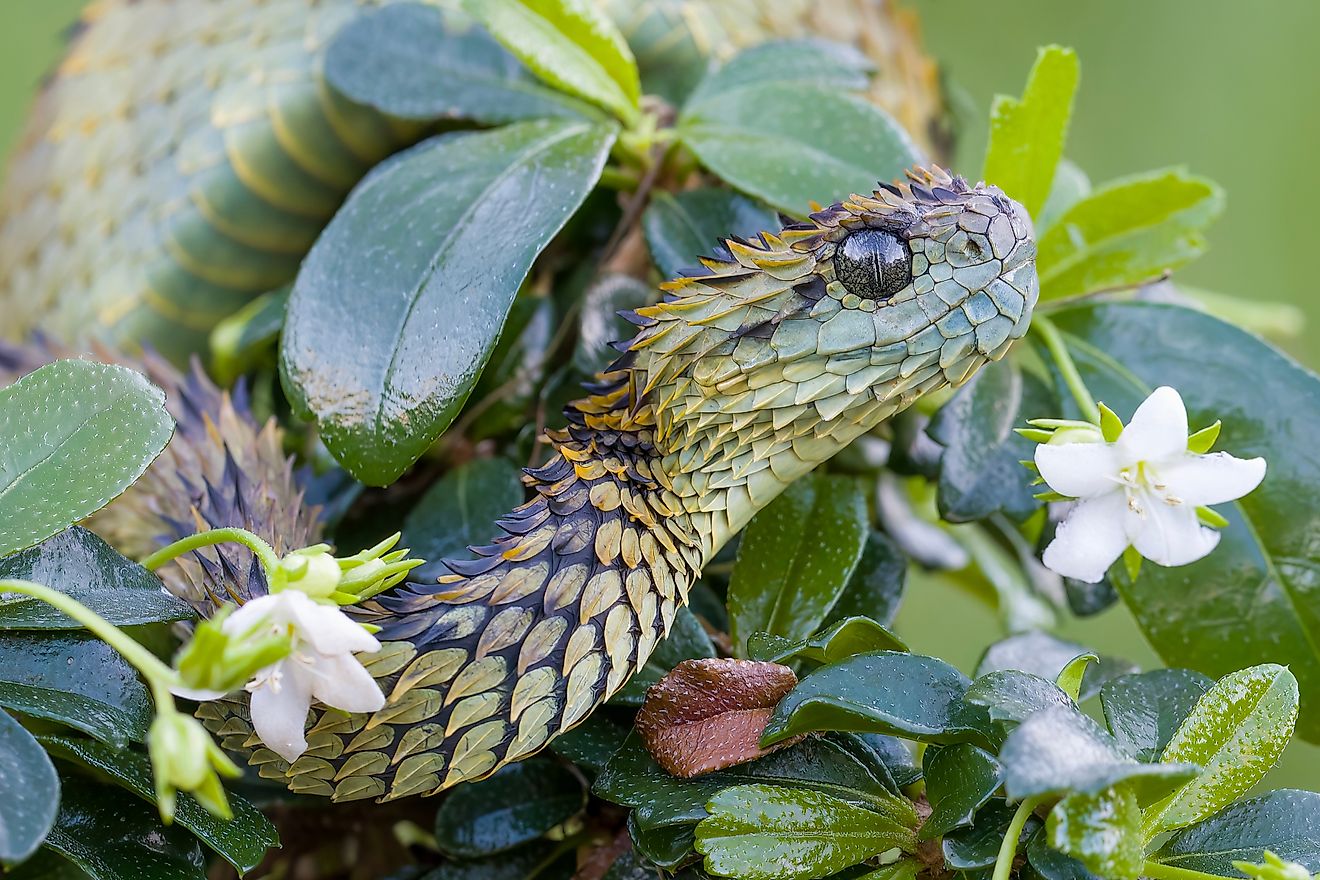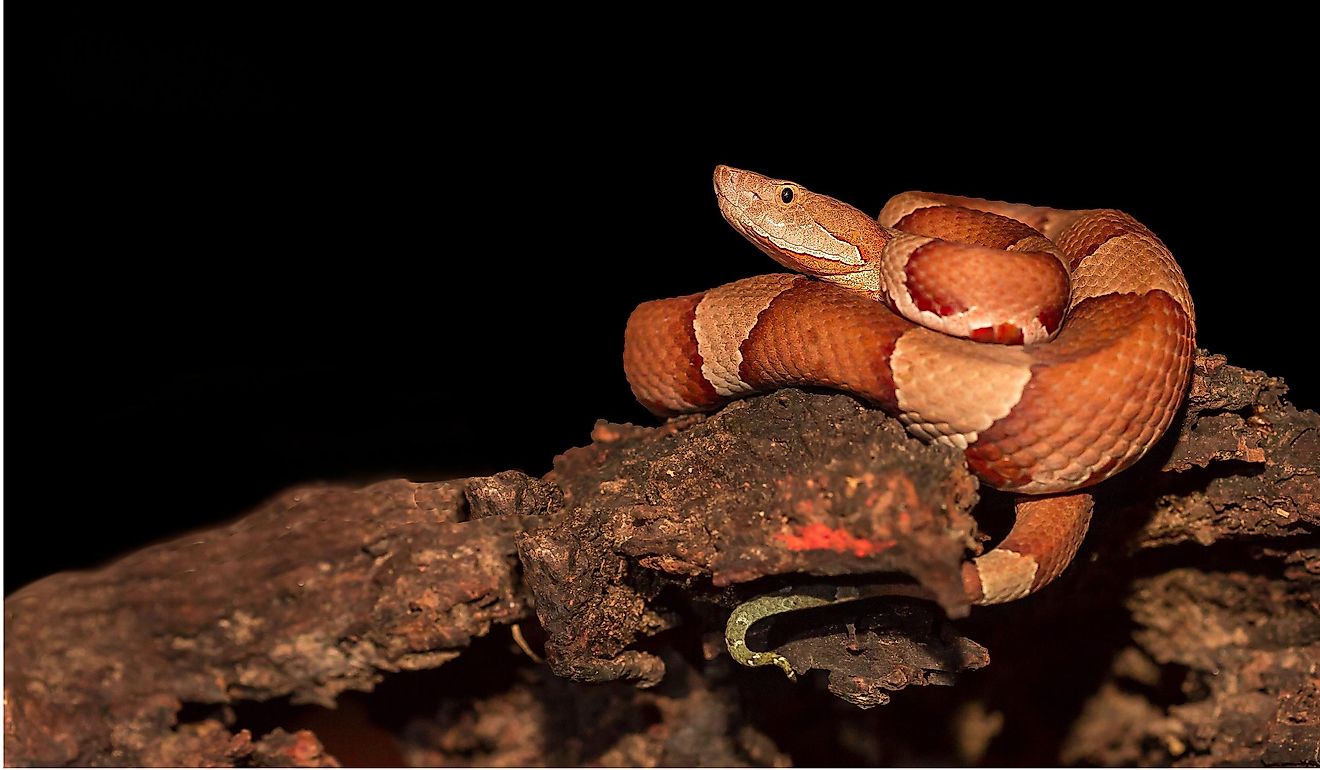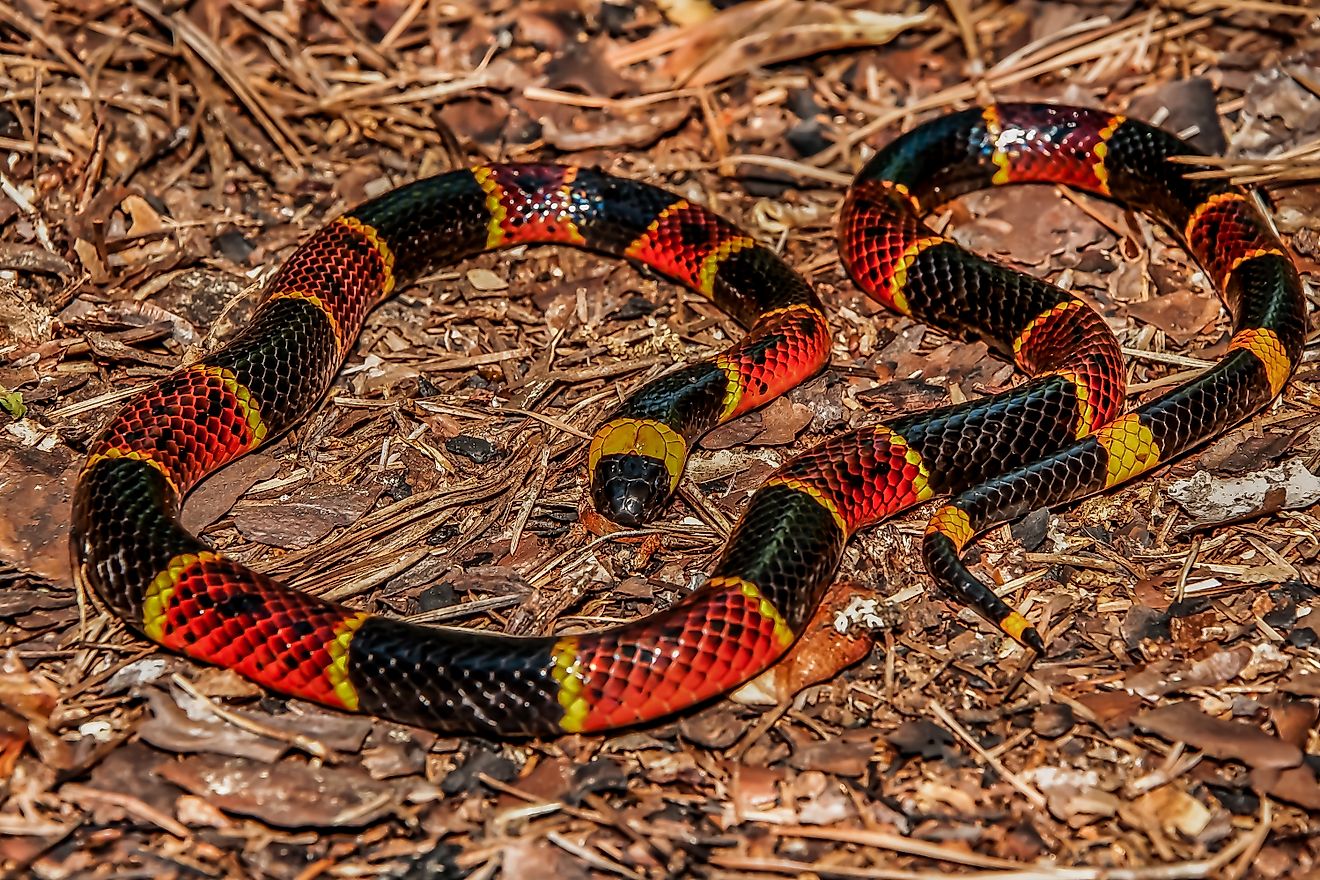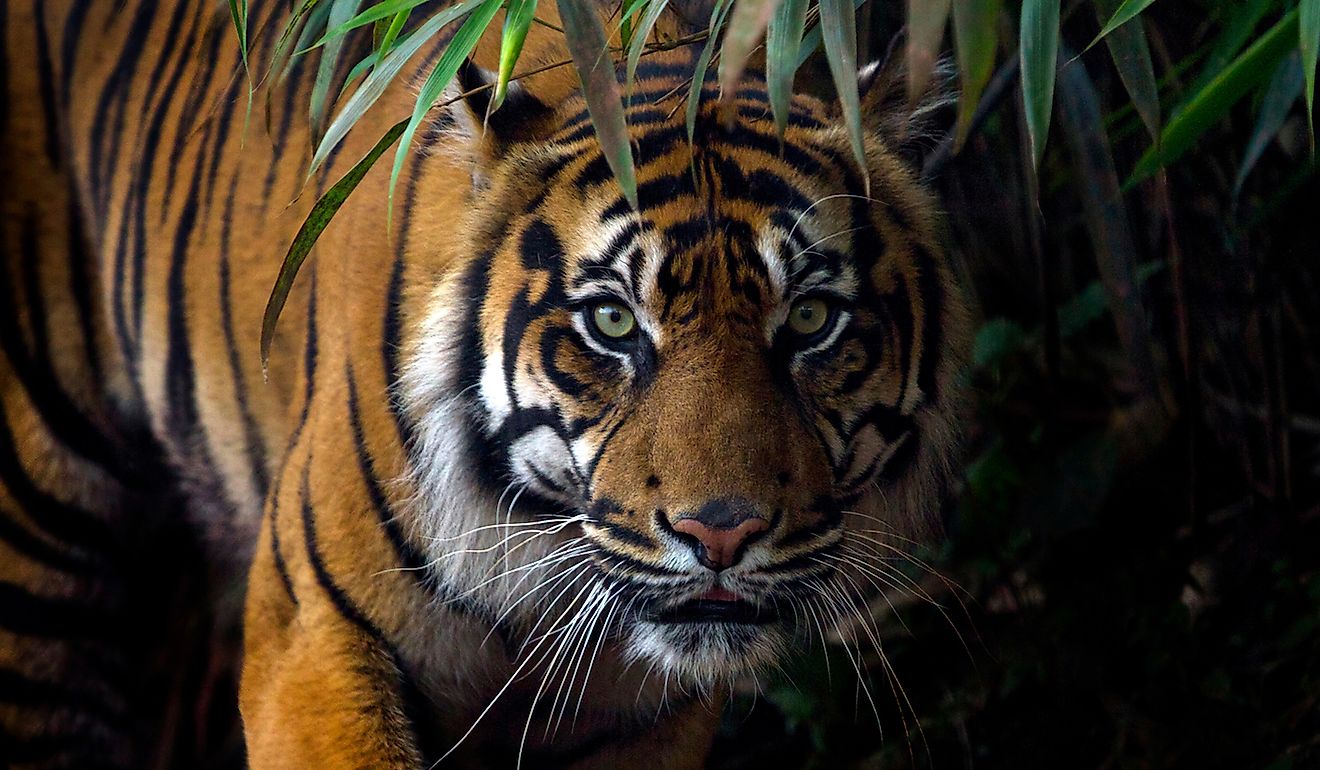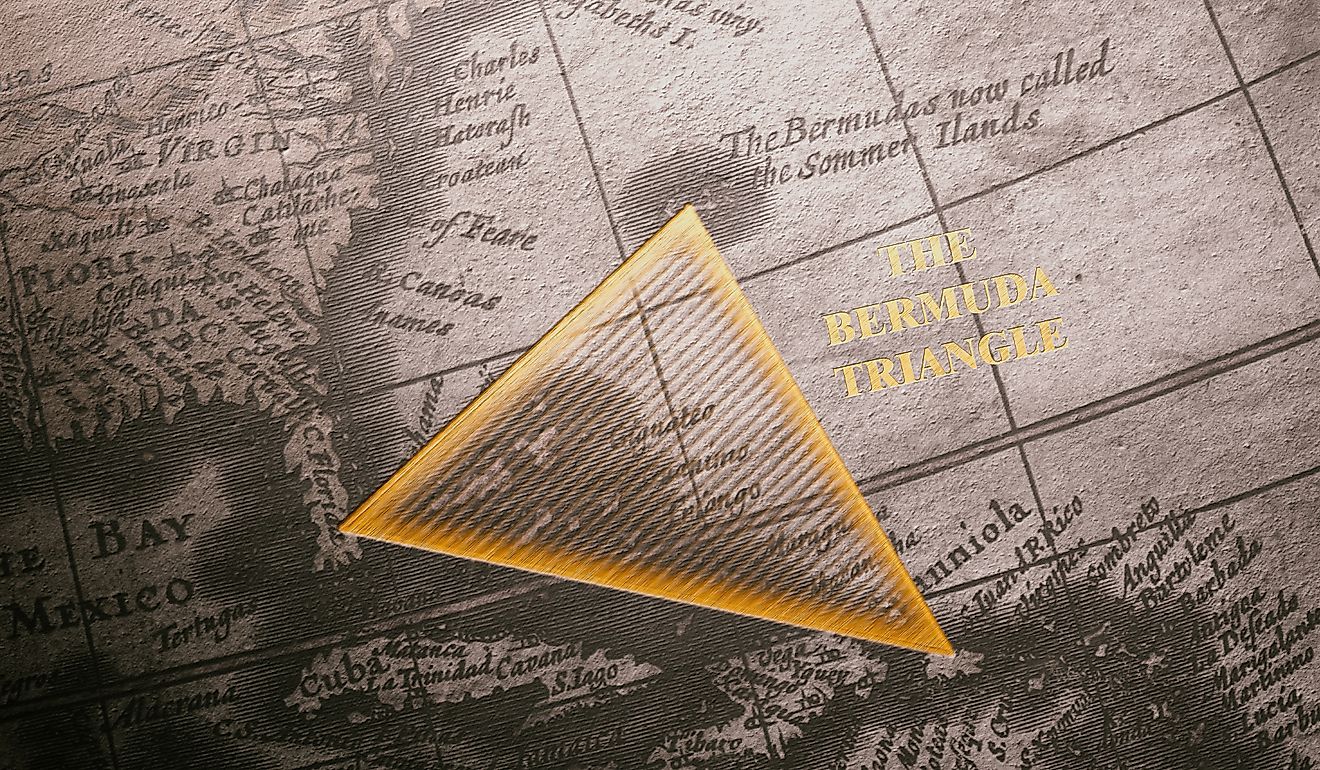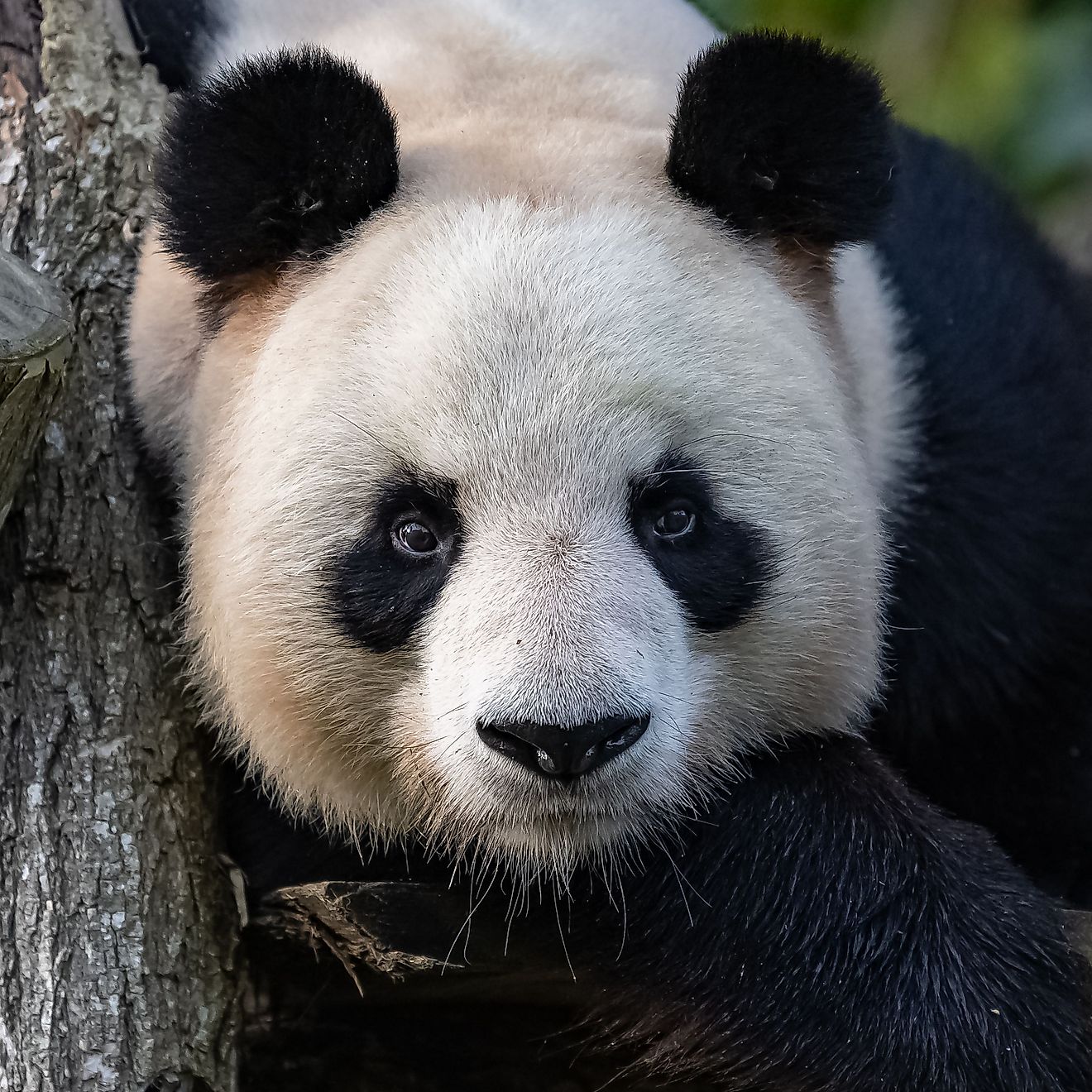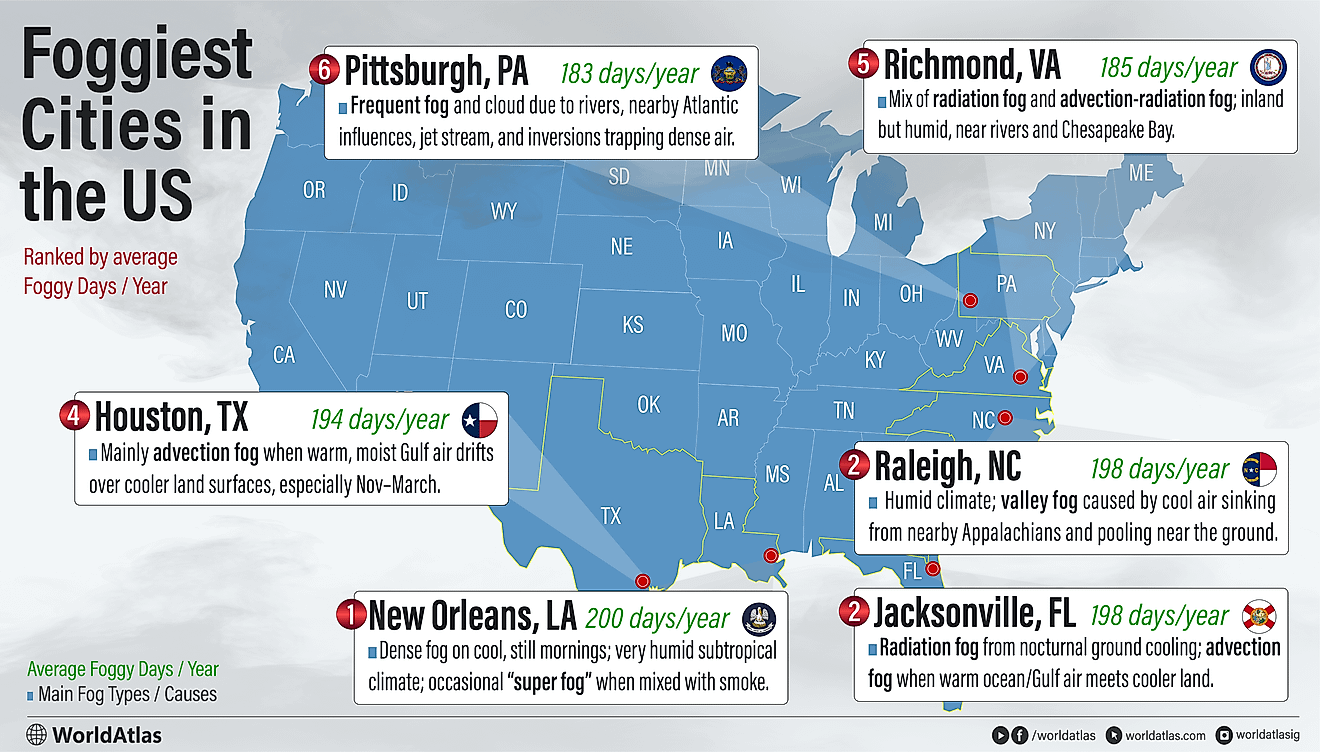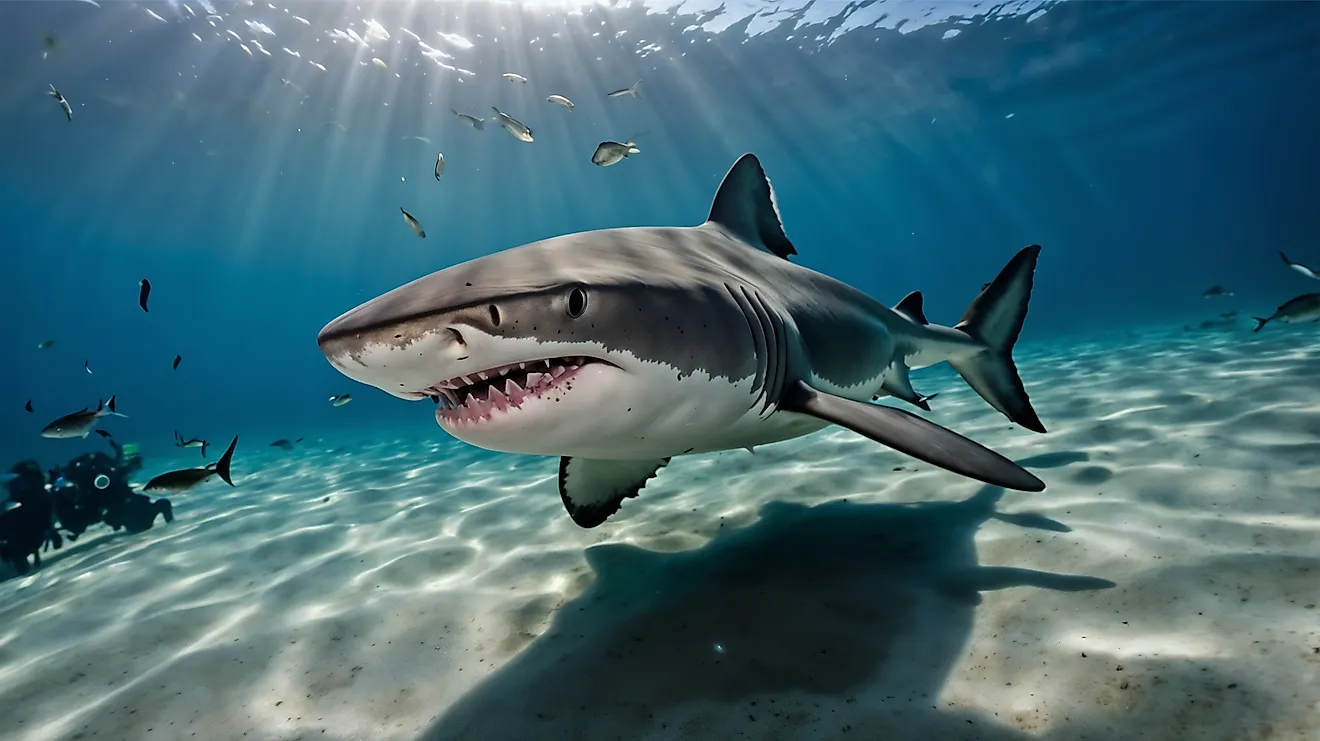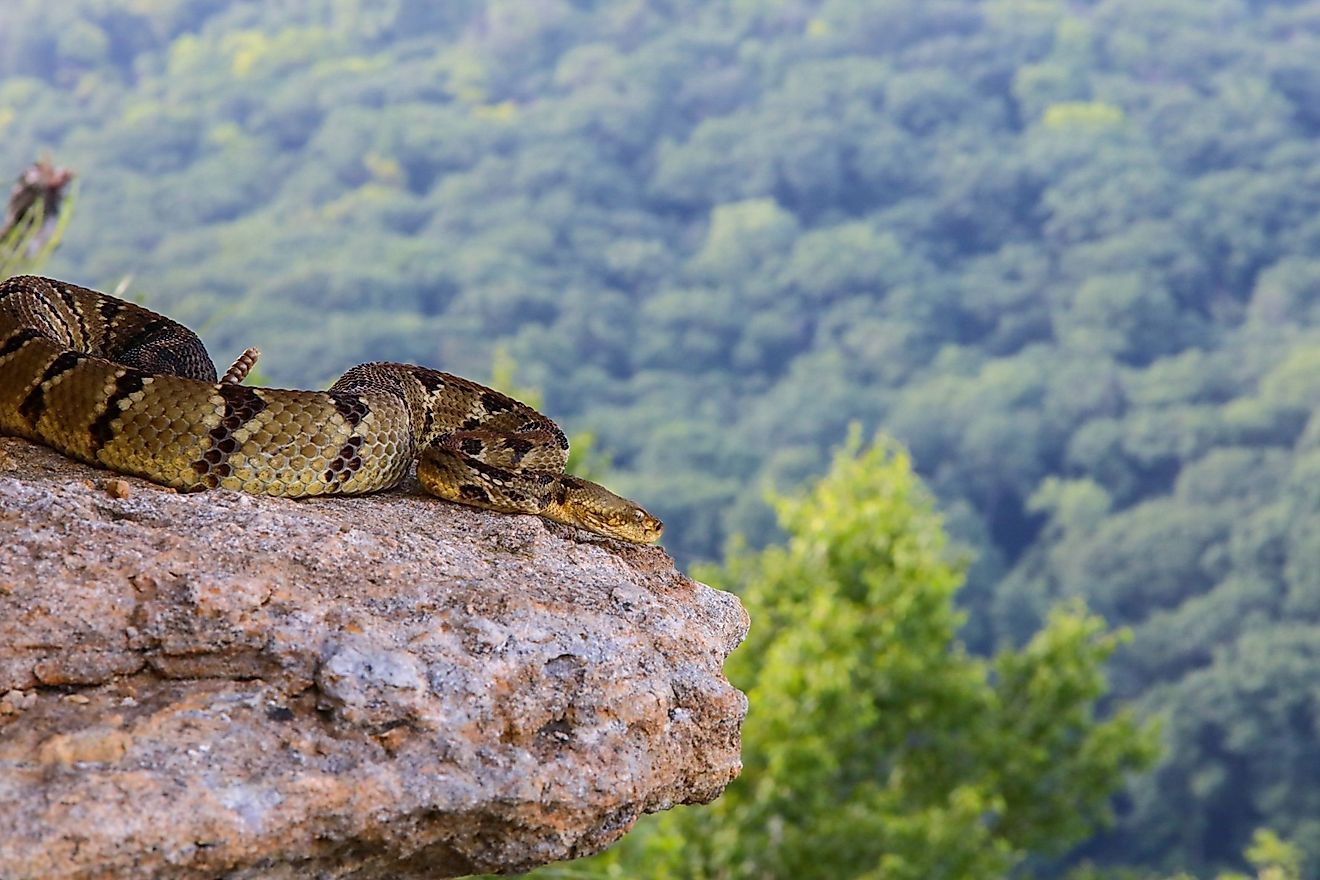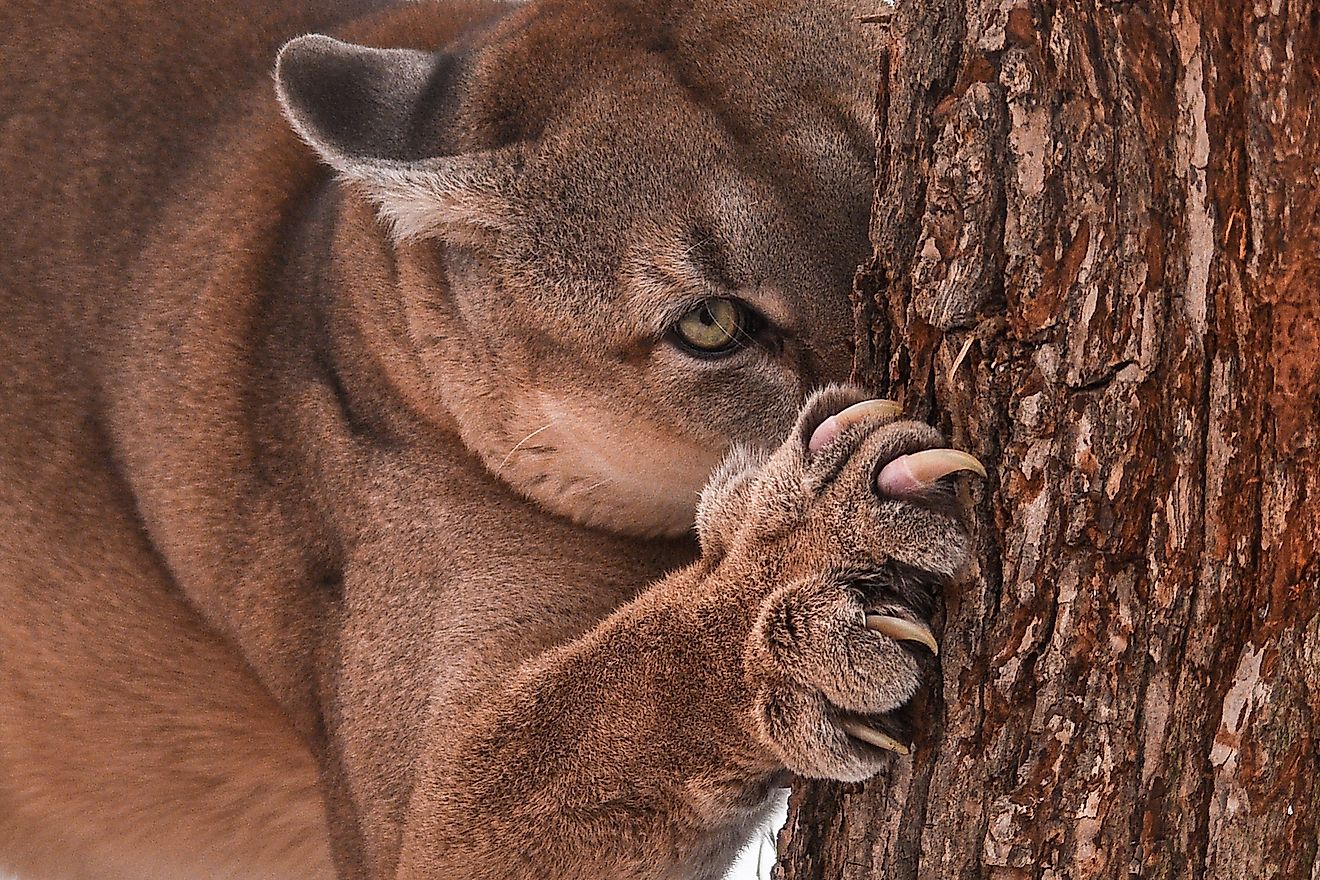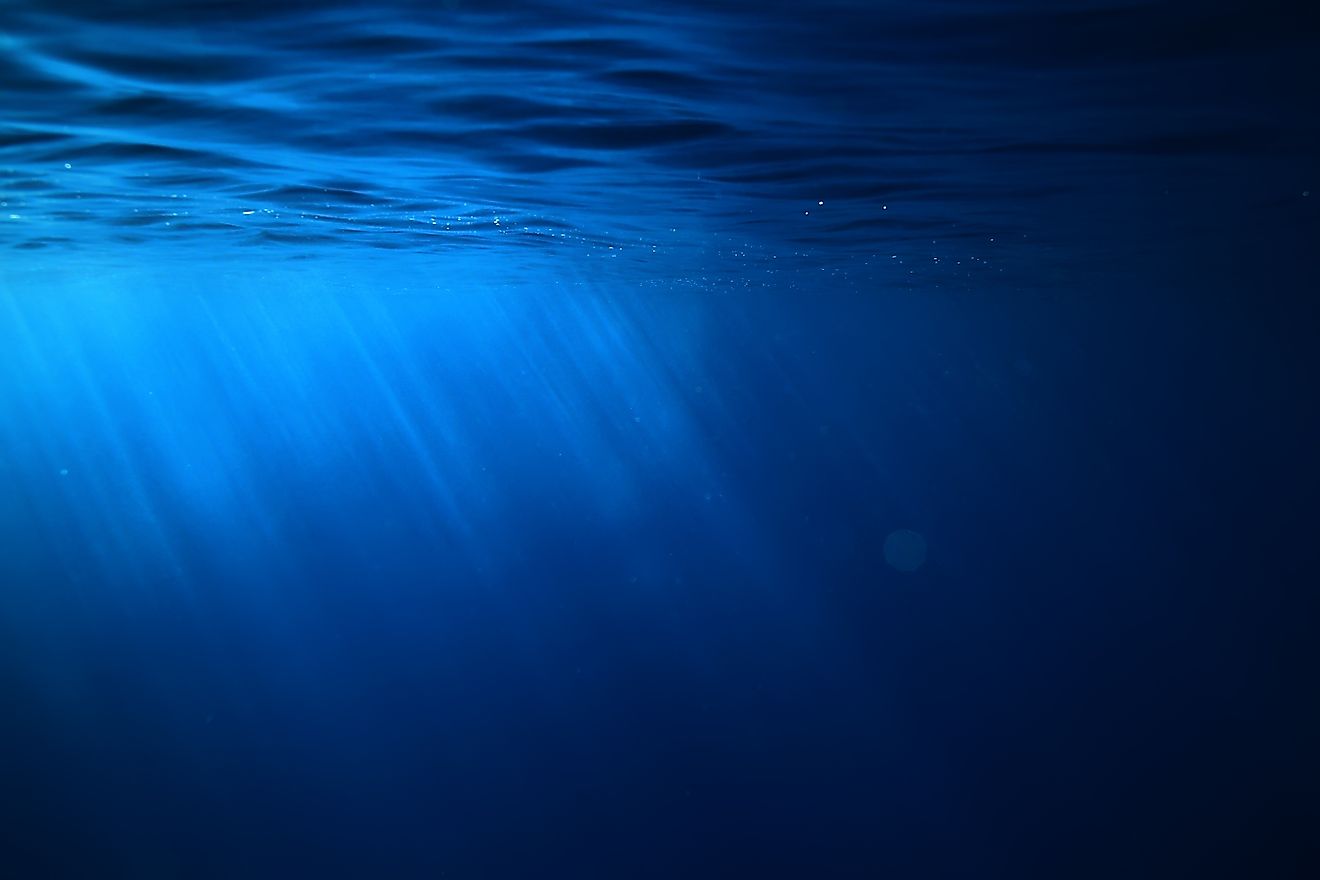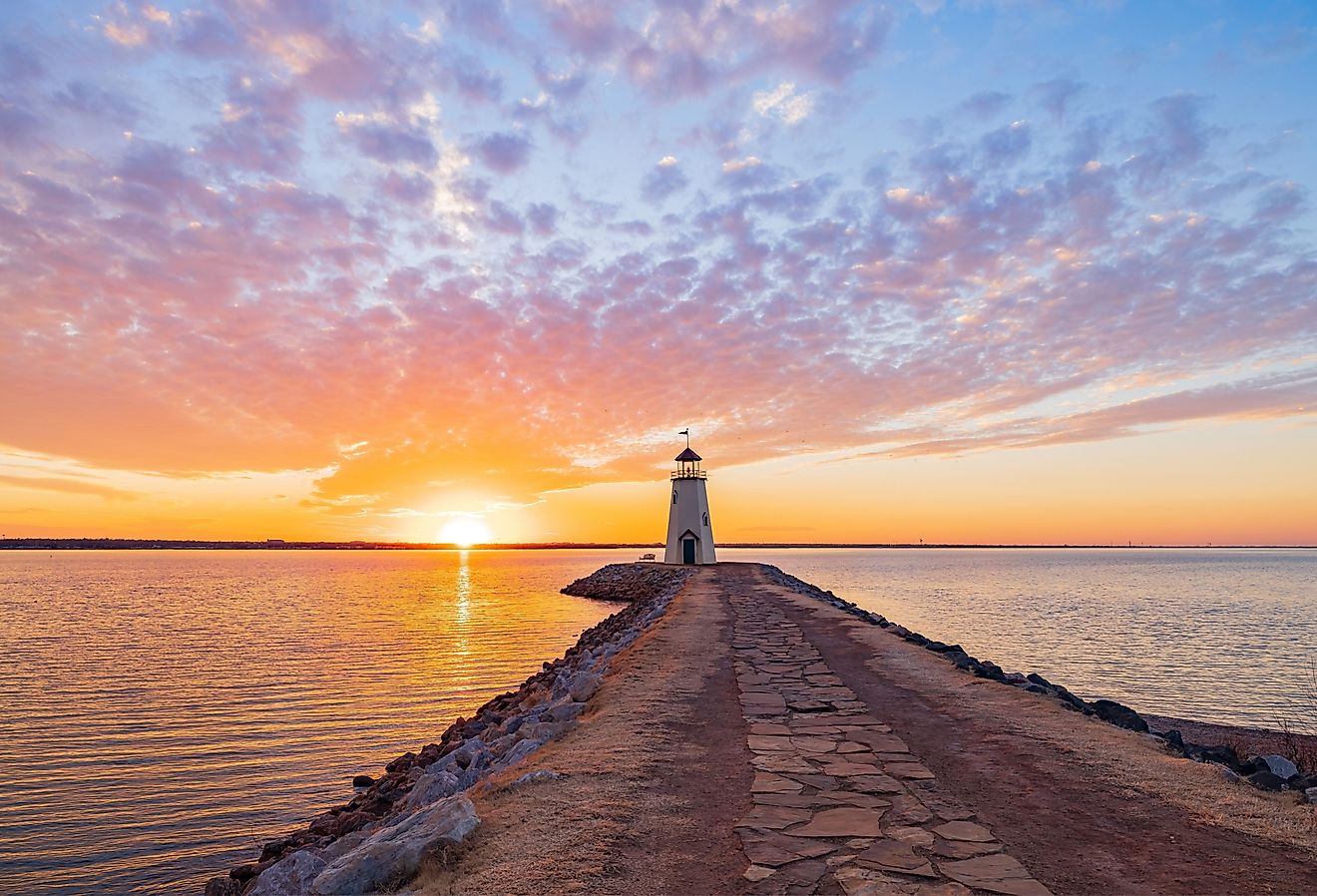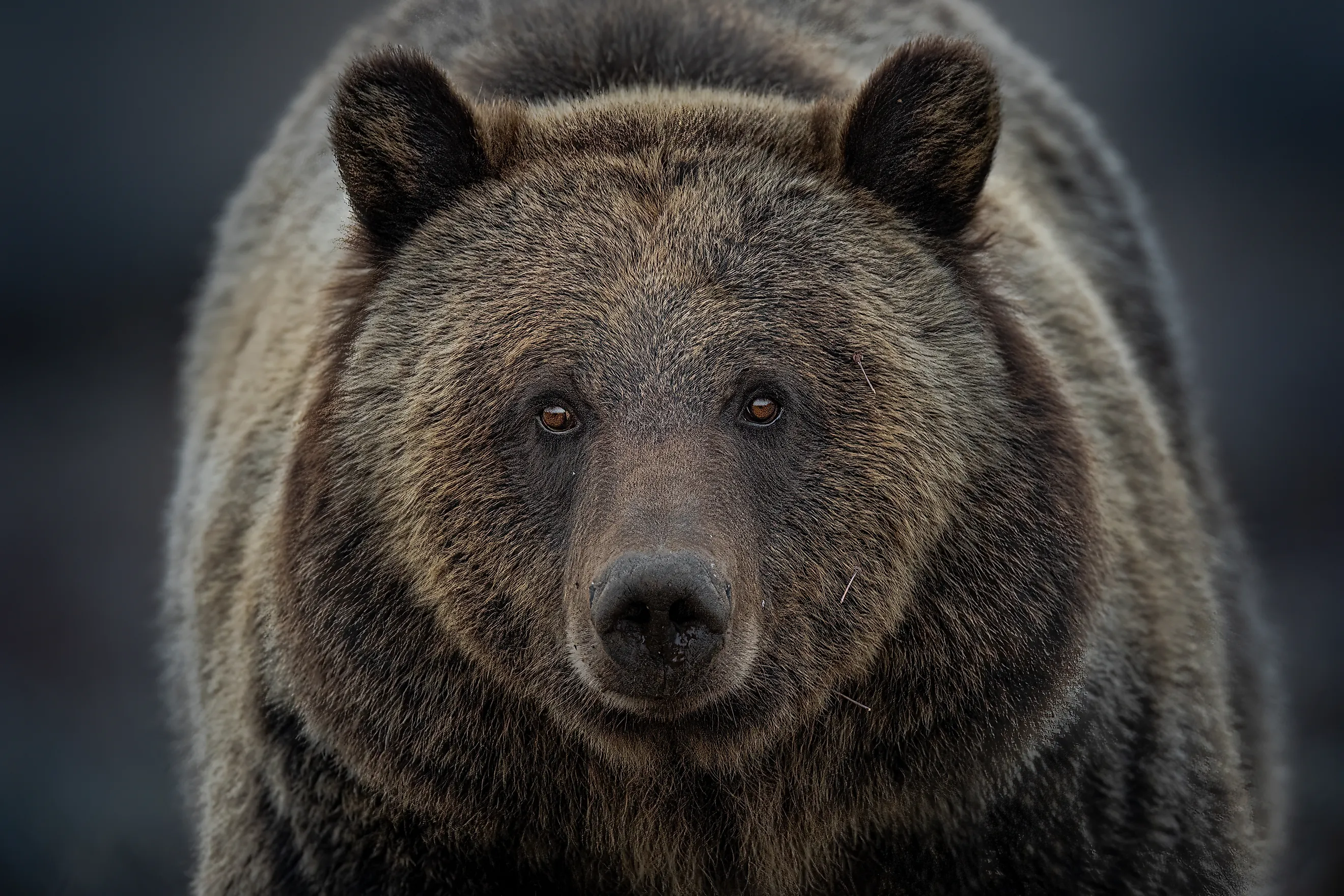
5 Endangered Animals Fighting For Survival In Idaho
Idaho is home to a surprising range of endangered species, from elusive forest mammals to fish found only in a single lake. Many of these animals face shrinking habitats, altered waterways, and pressures from human activity. Here, we will examine a bit more closely several of the state’s rarest species, their unique ecological roles, and the conservation measures underway to protect them before they disappear from Idaho’s picturesque landscapes entirely.
Grizzly Bear
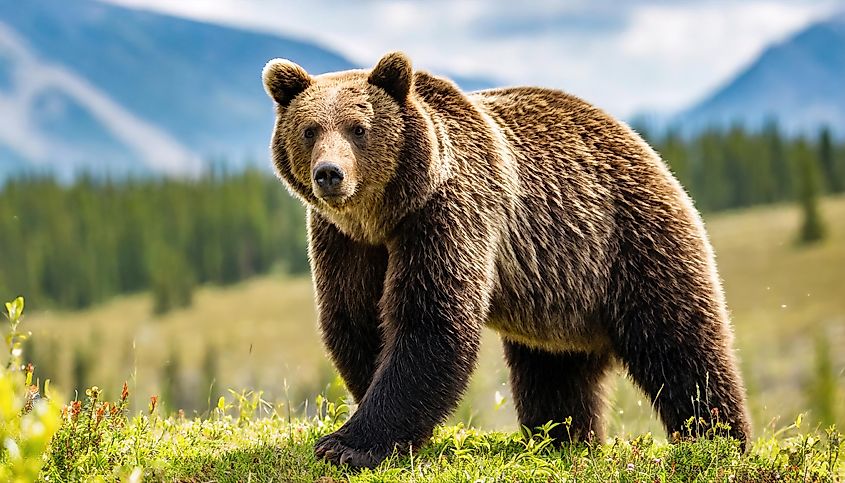
Grizzly bears are a federally-threatened species found in limited areas of Idaho, primarily within the Selkirk Mountains in the north and the Cabinet-Yaak ecosystem along the Montana border. Historically, grizzlies ranged across most of the state, but habitat loss and overhunting reduced their numbers drastically by the early 20th century.
Today, Idaho’s grizzly population is quite small, with estimates of fewer than 100 individuals. These sizable bears require large home ranges, often exceeding hundreds of square miles, and they depend on diverse food sources such as roots, berries, fish, and carrion to thrive.
Conservation efforts in Idaho have focused on general habitat protection, reducing human-bear conflicts, and monitoring bear movements. The U.S. Fish and Wildlife Service, in cooperation with Idaho Fish and Game, implements recovery measures, including public education and land-use restrictions in key habitats. While numbers have slowly increased in parts of the northern Rockies, Idaho’s resident grizzly bear population still remains vulnerable due to habitat fragmentation and the species’ slow reproductive rate.
Sockeye Salmon
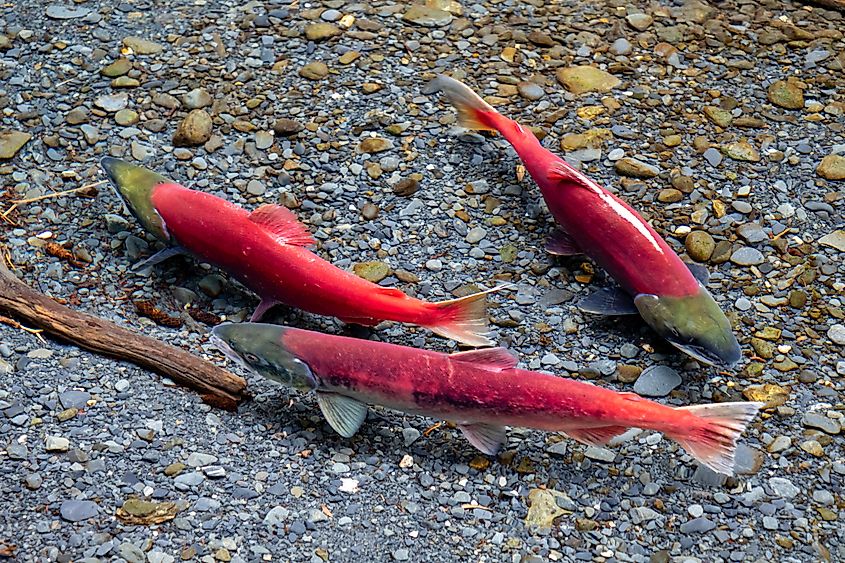
Sockeye salmon are an important migratory fish species in Idaho, known for their remarkable journey between freshwater lakes and the Pacific Ocean. Formerly abundant in the Snake River Basin, their numbers have declined sharply due to dam construction, habitat loss, and changing ocean conditions off the coast.
To be more precise, sockeye hatch in freshwater, migrate to the ocean for one to three years, then return to their natal waters to spawn and die. Now, the primary Idaho population spawns in the upper Salmon River near Redfish Lake, named for the once-massive runs that seemingly turned the water red with their crimson skin.
They are listed as endangered under the Endangered Species Act, with only a small fraction of historical runs surviving each year. Recovery programs led by the Idaho Department of Fish and Game, the Shoshone-Bannock Tribes, and federal agencies include hatchery breeding, habitat restoration, and improved fish passage at dams. Despite these efforts, sockeye salmon face ongoing threats from climate change, altered river flows, and migration barriers, making their survival in Idaho an ongoing conservation challenge.
Woodland Caribou
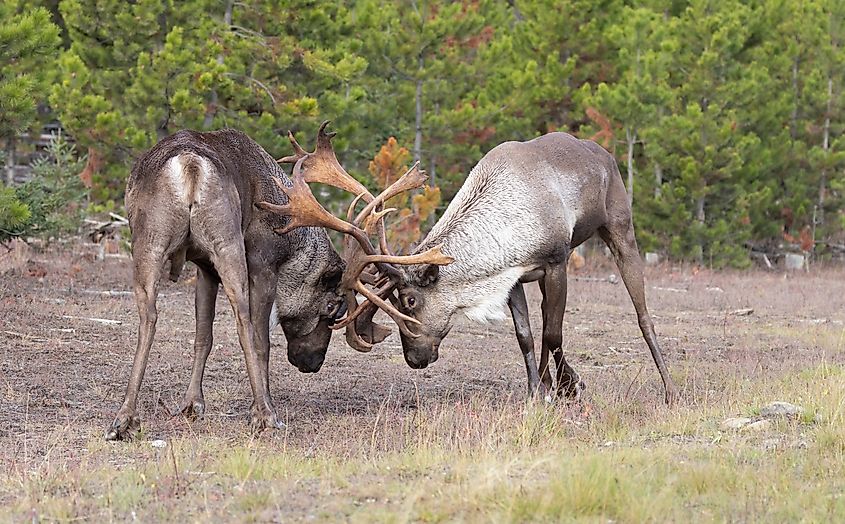
Woodland caribou were once native to the dense forests of northern Idaho, particularly the Selkirk Mountains along the Canadian border. Adapted to deep snow and old-growth forest habitat, these large mammals fed primarily on arboreal lichens during winter and a wide variety of other plantlife in the warmer months. They tended to migrate seasonally across the U.S.-Canada border, but populations declined drastically in the last couple of centuries due to logging, road building, and increased predation.
By the early 2000s, Idaho’s woodland caribou herd was critically small, and in 2019, the last known individuals in the state were relocated to Canada as part of a cross-border recovery effort, leaving woodland caribou essentially extirpated from Idaho. They remain listed as endangered under the Endangered Species Act, however. Recovery strategies focus on habitat protection in British Columbia with the potential for future reintroduction to Idaho if conditions improve.
Yellow-Billed Cuckoo
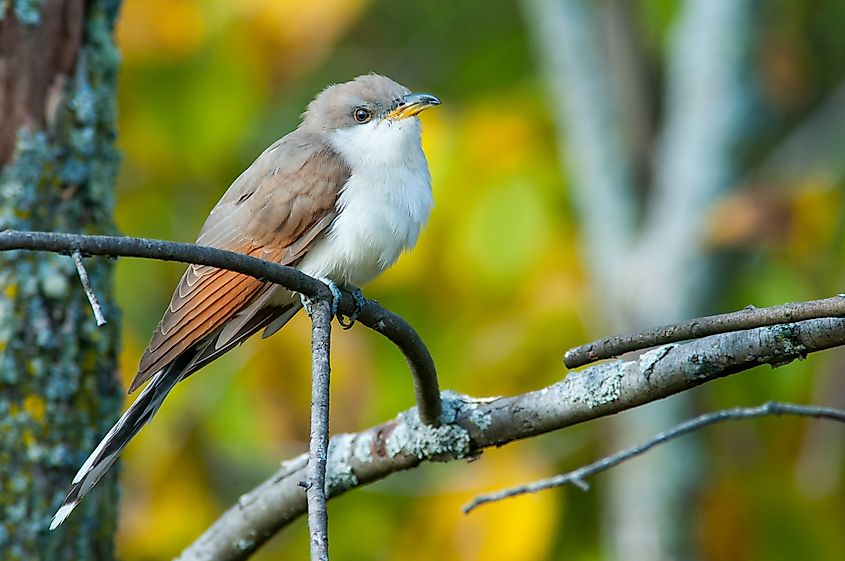
The yellow-billed cuckoo is a migratory bird that breeds in Idaho’s riparian woodlands, particularly along large rivers with dense stands of cottonwood and willow. Recognized by its slender body, long tail, and distinctive yellow lower bill, this species is known for its soft, repetitive calls and secretive behavior. These birds migrate from South America each spring, arriving in Idaho during late May or early June to breed. They primarily feed on large insects, including caterpillars, cicadas, and grasshoppers, playing a role in controlling insect populations.
Once widespread in the western United States, yellow-billed cuckoo populations have declined due to extensive loss and degradation of riverside habitats from agriculture, grazing, and river channelization. It is considered a threatened species under the Endangered Species Act and is very rare in Idaho. Conservation programs in the state aim to protect and restore riparian corridors, minimize disturbance during breeding season, and maintain healthy insect prey populations.
Banbury Springs Limpet
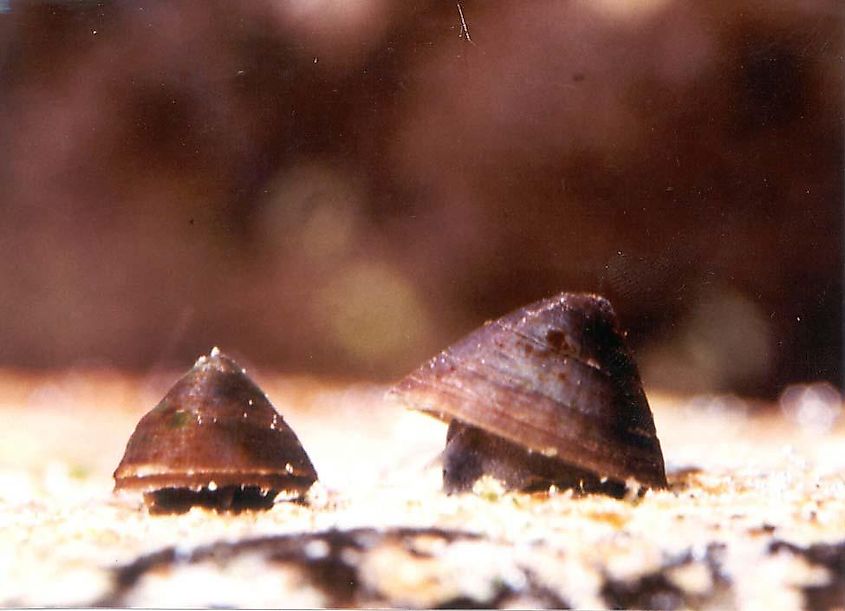
The Banbury Springs limpet is a small freshwater snail found only in a few cold-water springs that feed into the Snake River in southern Idaho. This mollusk measures less than half an inch and has a conical shell adapted for clinging to rocks in fast-flowing water. It was first described in 1988, making it one of the more recently recognized endangered species in the United States.
As you can probably tell, the limpet’s habitat in this otherwise semi-arid half of the state is extremely limited, restricted to spots like Banbury Springs, Box Canyon Springs, Thousand Springs, and a few nearby sites. They feed on algae growing on submerged surfaces and require clean, stable spring flows with consistent temperatures.
Because of its narrow range and specific environmental needs, any alteration to water quality or quantity can have immediate impacts on survival. Threats to the species include groundwater depletion, pollution from agriculture, and habitat disturbance from other human activity. With that, conservation efforts have been made to monitor populations and work with landowners to reduce contamination and maintain the flows that sustain this rare endemic species.
See What You Can Do to Help Protect Idaho's Biodiversity
The future of Idaho’s endangered wildlife depends on continued conservation, like habitat protection and public awareness, the latter of which we are hoping to do here. Each species, whether a wide-ranging predator, a migratory bird, or a spring-dwelling mollusk, represents an irreplaceable part of the biodiversity of the Pacific Northwest.
Preserving them requires cooperation between agencies, private landowners, communities, and the millions of visitors who come to explore this vast state's many parks every year, possibly including you, too. By safeguarding these animals and the ecosystems they rely on, Idaho can ensure its awe-inspiring natural heritage remains intact for generations to come.
